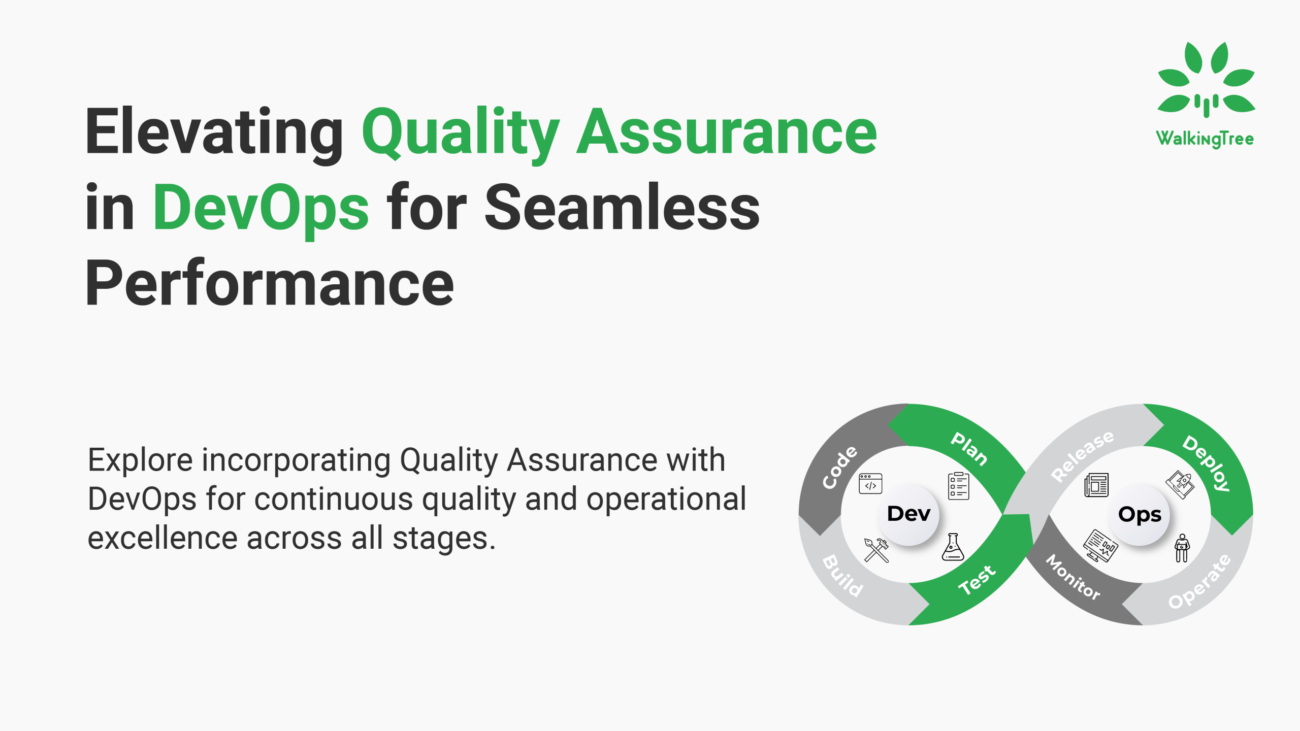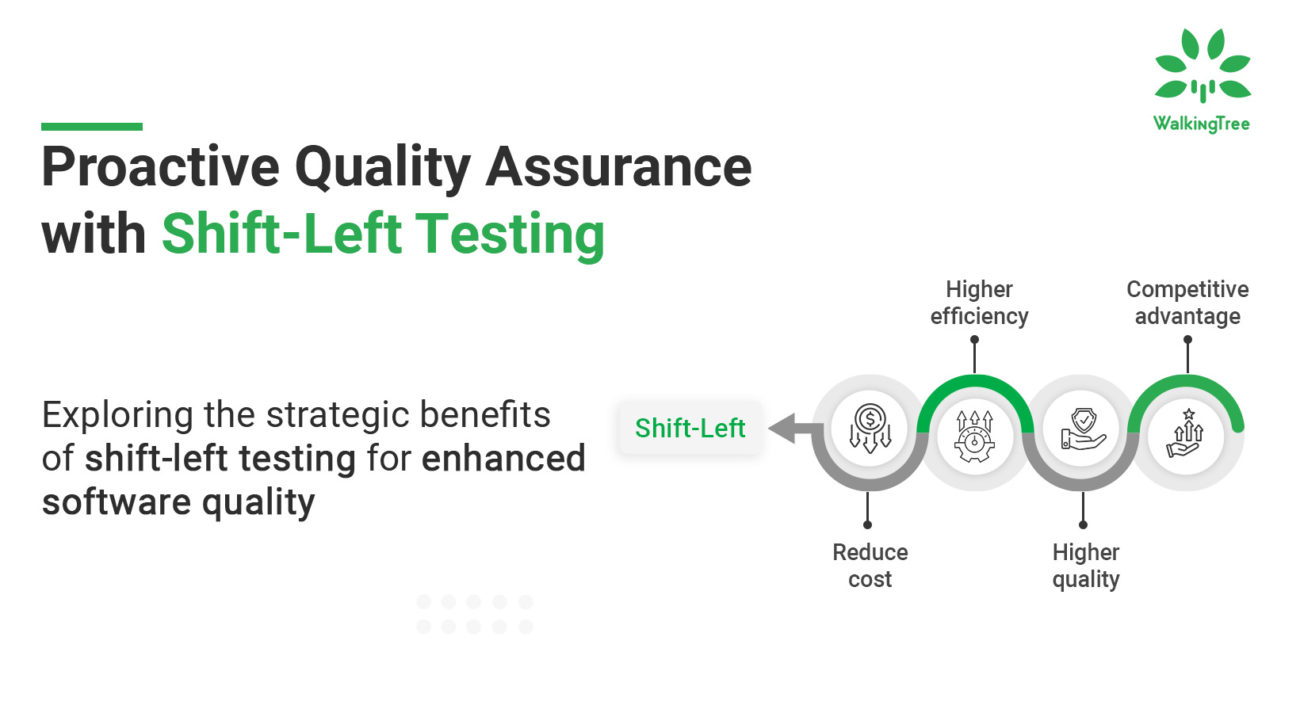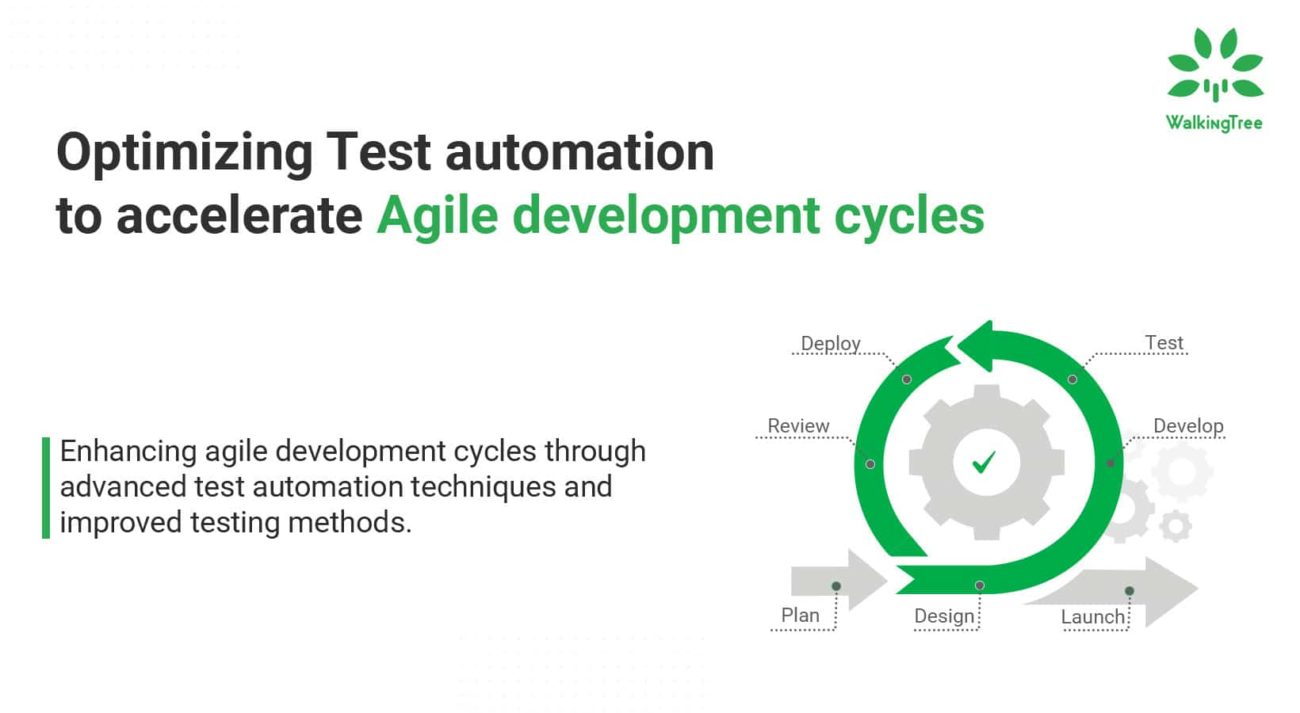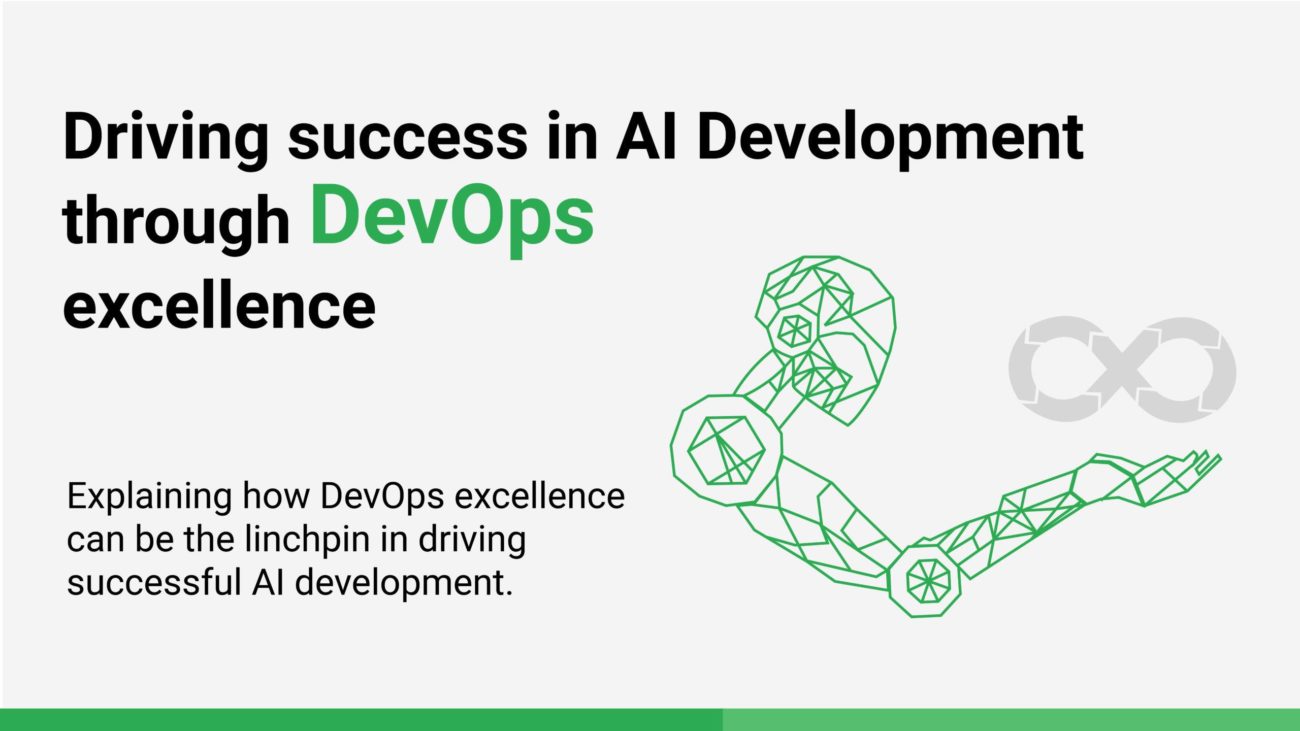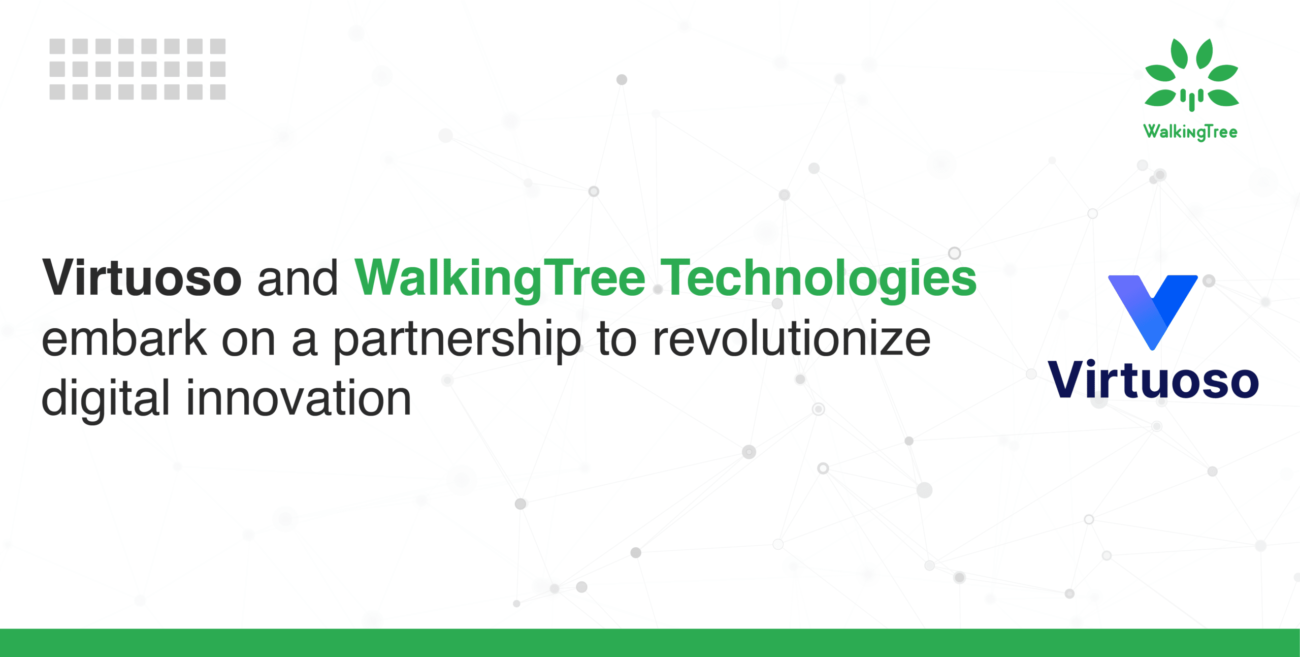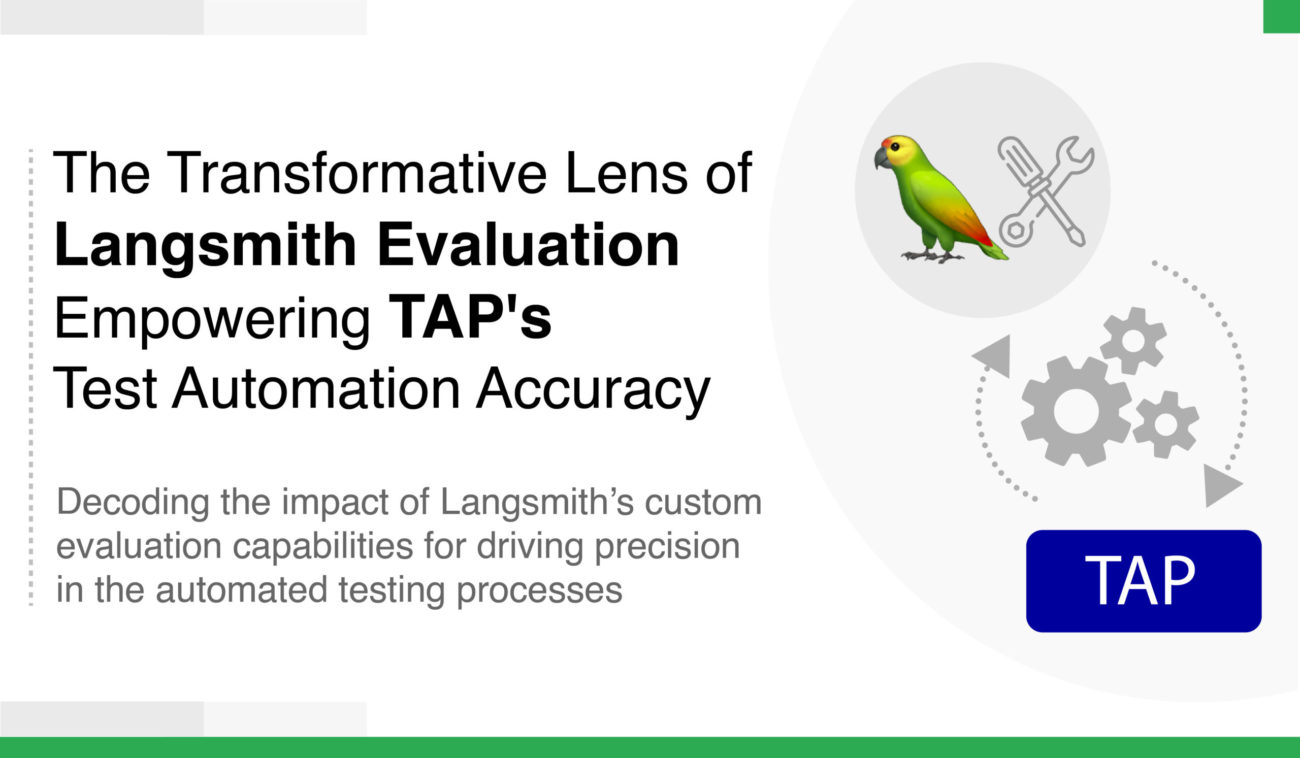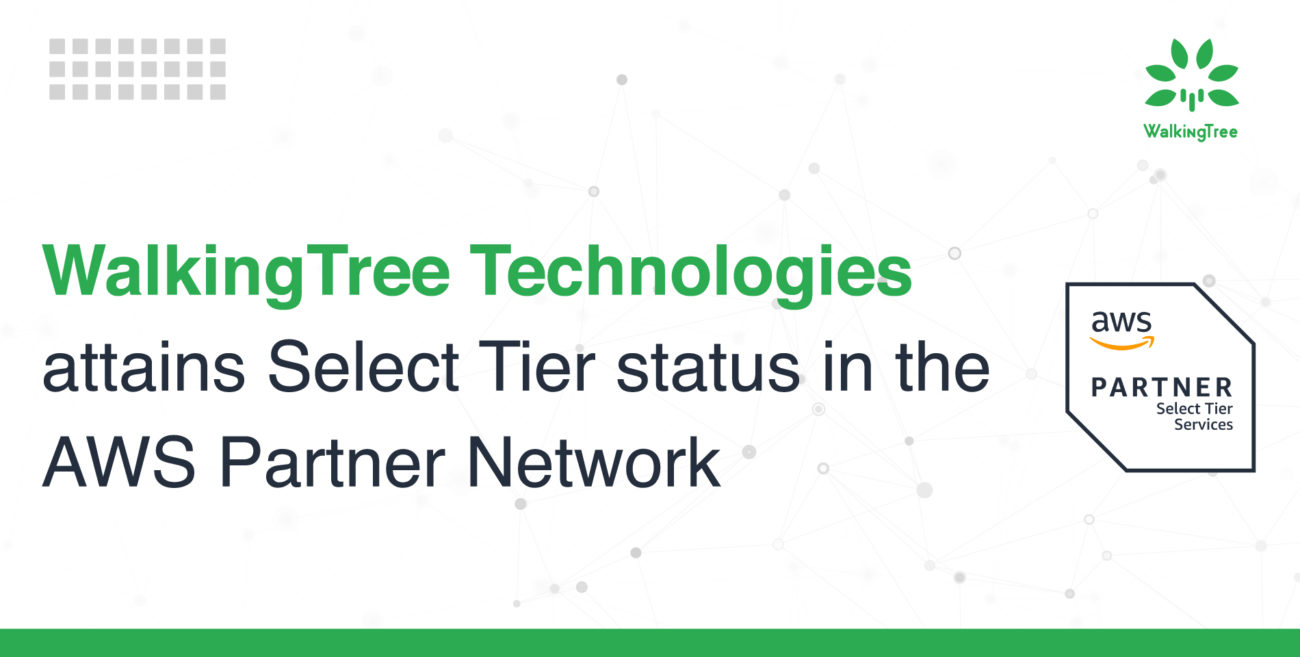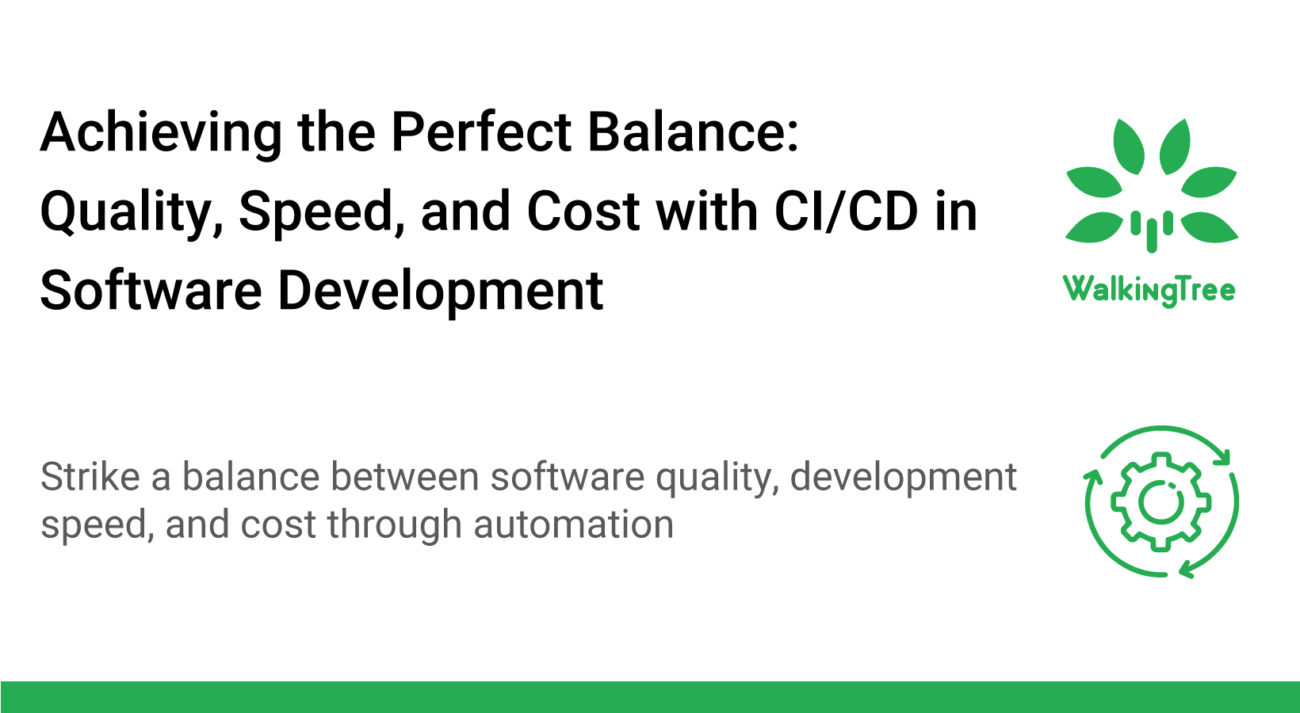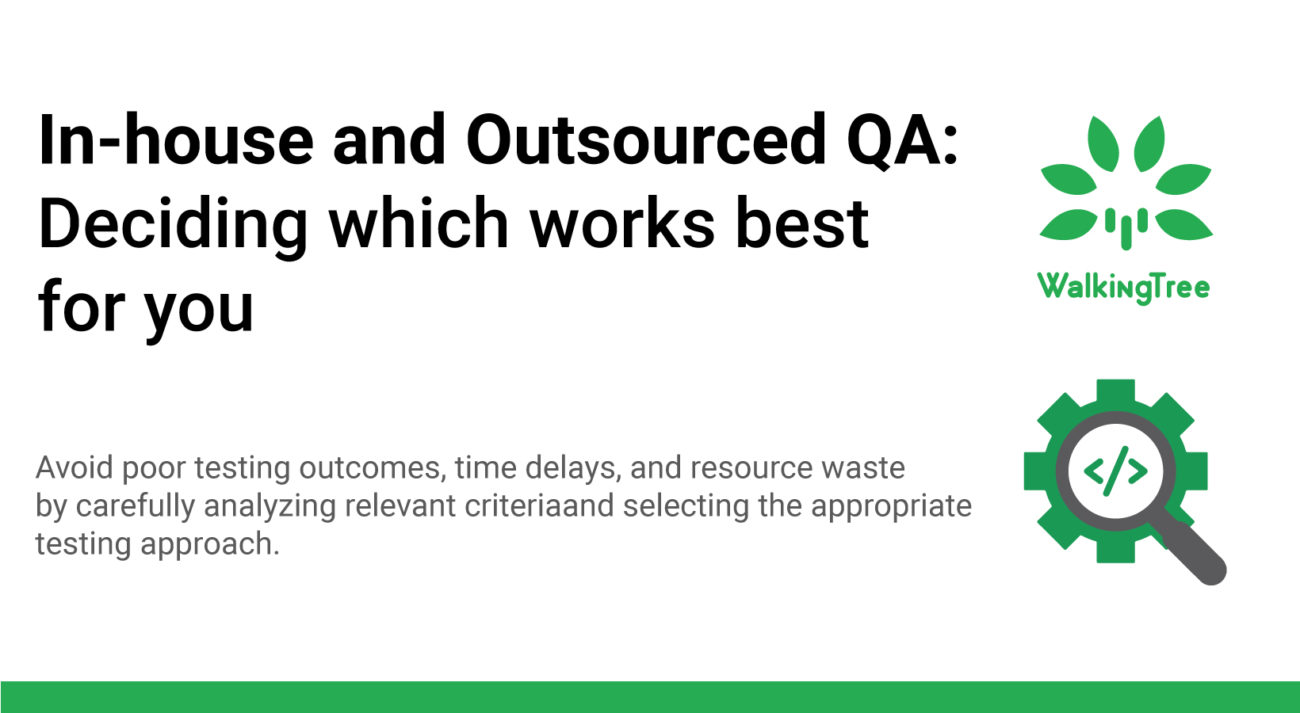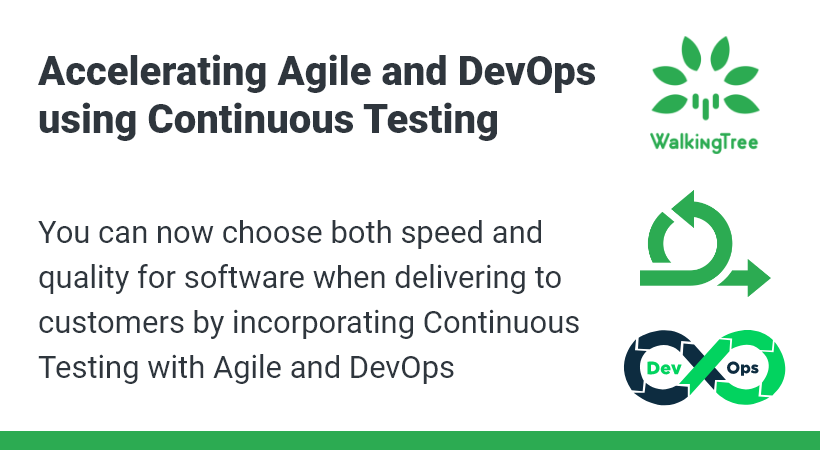
Blogs
6 takeaways to accelerate DevOps


Every DevOps team, regardless of where or how DevOps is used, has a passion for enhancement at its core. Considering some of these takeaways to accelerate DevOps can create stronger bonds between Dev, Ops, and other stakeholders while increasing the adoption of best practices, automation, and new tools to deliver the right value.
There is no doubt that technology and innovations are changing the way we live and work. With the upsurge in new technologies we are being exposed to change at a very high scale and speed. In history, the world has never seen anything like the exponential increase in available technologies that we are witnessing today and besides, the rate of transformation is incredible. Change used to take years, if not decades, to happen. In today’s world, entire industries can be obliterated in a matter of months.
Digital disruption is not just about implementing new technologies or investing in the latest equipment. Deeply it is about using digital ecosystems to transform partnerships, boost results, and how things are done and not just about implementing new technologies or investing in the latest equipment. Cloud-based innovations are driving the freelance economy, and enterprise-grade platforms like video sharing are within reach of businesses of all sizes. Enterprises are working to connect to the constant shift in all new technologies. Companies are embracing digital transformation to evade risk as innovations become commonplace. These modifications are significant technological advances.
The need to Accelerate

Organizations are under more pressure than ever to develop software faster and more. To quickly deliver products, services, and solutions to consumers enterprises have adopted lean software development. The fundamental purpose of Lean software development is to add value rather than cut costs while delivering applications reliably and quickly is what lean software development entails. Lean software creation, an application delivery technique that focuses on minimizing waste and increasing performance, is one approach they’ve taken to increase delivery. Another approach is DevOps, which connects creation and operations to produce applications faster, more consistently, and more efficiently. Also, DevOps is thought of as both a philosophy and a method that incorporates all of the tools needed to build an application. DevOps has been described as an evolution of Agile methodology, which in many ways resembles lean software development.
Lean Software Development and its principles

Lean Software Development (LSD) is an agile system that concentrates on lessening development time and money, minimizing duplication, and providing only the features that the product requires. It was originally developed by Toyota and known as the Toyota Production System. The idea behind was to streamline its car production and reduce unnecessary time and resources. (Under this scheme, any operation that did not have an effect on the functionality of the car being designed and delivered was considered a waste and therefore excluded from the process.) Later other manufacturing companies in a variety of industries adopted the scheme and named it Lean.
Since it streamlines the process and forces the team to ruthlessly strip out any operation that doesn’t directly impact the finished product, several companies have considered the LSD(Lean Software Development) technique to be an outstanding approach to software development. However, for this strategy to work, a company must have a strong development team and have complete faith in that team.
The following are some of the advantages of :

- A simplified approach that allows for the delivery of functionalities in a short amount of time.
- Unnecessary operations are eliminated, lowering costs.
- Empowering the production team by assisting them in making decisions that will improve their morale.
- The project’s flexibility allows it to be adapted and customized regularly to meet the needs of the client.
The Agile method and the lean approach to software development have a lot in common. Even though they came about in separate ways, the two are still viewed as one and the same.
The Rise of DevOps

The conventional “waterfall” approach to software development was being replaced by lean manufacturing and Agile, which focused on quality improvement. The shift to quick, iterative development practices has significantly shortened the development cycle, facilitating businesses to deliver new applications faster than ever before. Nearby the same time, DevOps and initial iterations of cloud computing, such as infrastructure-as-a-service (IaaS) and platform-as-a-service (PaaS), started to gain momentum, presenting great consequences for convergence and software-driven use.
The methodology goes hand in hand with Agile development, which emphasizes continuous improvement, and Lean management, which encourages businesses to create environments that encourage continuous improvement. DevOps uses the same iterative, constant development, constant delivery, and constant integration concepts as Lean and Agile to perform constant growth in the stage of development. But it goes a step further, using the same principles to shorten the time it takes to bring a new solution to market and to shorten the time it takes for customers to realize value. DevOps can also be considered the next step in the progression of lean and agile software development. Even if each methodology may stand alone, there is undoubtedly a symbiotic relationship between them. The major aspect is the “Value” that works through Lean, Agile, and DevOps.
In comparison to Lean, Agile, and DevOps, the line of distinction among the three methodologies is that the strategies are intimately connected. Simply we can say Lean led to Agile and then Agile evolved into DevOps. Faster time-to-market, faster time-to-value, more productivity, better service, enhanced consumer loyalty, cost economies, real-time user feedback, and constant refinement by continuous delivery are all priorities shared by all three methods. An ever-evolving set of meanings can also be used to describe the relationship between the three, implying that the methodologies are constantly improving. With so many advantages, it’s clear that DevOps is the way of the future for development cycles. With the right implementation, a lot can be done in a short period, making software-creation more successful and error-free.
Business benefits with the science of Lean software and DevOps
Lean Software and DevOps both aim to eliminate any obstacles that could hinder teams from delivering applications as quickly and smoothly as possible while optimizing customer value. DevOps can easily incorporate lean software development concepts while incorporating the advantages of integrated development and operations because they share many of the same goals. A DevOps team that follows lean development concepts prioritizes customer satisfaction while constantly refining and optimizing their activities, which means reducing waste whenever possible.
Accelerate: The Science of Lean Software and DevOps: Creating and Scaling High-Performing Technology Organizations, written by Dr Nicole Forsgren, Jez Humble, and Gene Kim, is one of the most popular DevOps books. While writing the book, the authors used systematic statistical methods to assess the best way to evaluate software delivery efficiency. In this book, the authors discuss how the most innovative organizations are leading the way in using DevOps principles and practices. The book instructs readers on how to assess the success of their technology teams and what skills they can invest in to achieve higher levels of performance in the future. Here are a few key takeaways from the book.
Models of maturity won’t make you move faster
Maturity models are a common way to measure technology success, but the authors of Accelerate argue that they aren’t the right method to use—or mentality to have—when it comes to organizational or technological transformations. “Maturity models focus on a destination,” Forsgren remarks.
“The fear is that if the market or the environment shifts, the destination will change as well. Furthermore, once you arrive at that destination, your resources—not just money, but also time and attention—might vanish because your leadership has determined that your transformation effort is complete.”
A skills model is more effective in transforming complex organizations, such as the technology function. It understands that development is not always linear and that the destination shifts in response to business and consumer demands.
DevOps success isn’t determined by the variables we believed it was
The traditional wisdom has been that variables like the age of applications, whether implementation is done by operations or development, and how comprehensive the planning processes are would have the greatest effect on the technology function’s efficiency. According to this study, which uncovered 24 core skills in areas like automation, design, lean management, and culture that drive changes in software delivery and, as a result, organizational efficiency, this is not the case.
DevOps has a much greater effect on company results than anyone predicted

According to Forsgren, the most exciting result came within the first year of testing, when the team discovered early evidence that IT success does matter. Companies with high-performing technology departments were twice as likely to achieve their profitability, growth, and market-share targets, according to this study.
“At first, the team was like, well, of course, it does,” says Forsgren, “but… this was a very big deal.” “Academic research has been unable to establish a strong correlation between information technology and overall organizational metrics such as profitability, efficiency, and market share for decades.” Companies could buy a server and put it in a cabinet, or buy software and put it in place, but so could their competitors; technological investments were not providing a sustainable competitive advantage.
DevOps is a special idea. According to Forsgren, it helps businesses to “combine technology, process, and culture to create something new,” which “suddenly shows up on the bottom line and creates a point of competitive differentiation.”
The divide between high- and low-performing technology companies is widening
“What we believe we’re seeing is that high performers have reached the limit of their capacity to produce software at a rapid and stable pace every year. According to Forsgren, they are optimizing everything. “We believe low performers have been subjected to significant market pressure. They’ve been attempting to catch up in terms of throughput, albeit in a rash manner. They’re attempting to keep up with the speed, but it’s at the expense of stability because they aren’t improving their capabilities.”
Low-performing teams may not be investing enough in incorporating quality into the process, resulting in greater failures that take longer to recover from, while high-performing teams recognize that they don’t have to choose between speed and stability because they can have both by incorporating quality into the process.
Technology isn’t as important as architecture
One of Forsgren’s favorite takeaways is that the technology stack of an organization has no bearing on its overall results. “The subtext is that there is no excuse,” she says. IT organizations aren’t held back by outdated processes, and born-digital businesses aren’t guaranteed to outperform.
Working in a mainframe shop or a greenfield setting had no statistical association with success. Forsgren says that “where we did see meaningful variations was in how structures were architected.” The most significant factor in success was having a loosely coupled architecture. Because components in a loosely coupled design are independent of one another, and adjustments in one do not influence the function of the others. When components are added, removed, or changed, this approach provides the most versatility and reusability. It is an acceptable truth that many software enterprises are pushing toward microservices infrastructure.
Everyone has the potential to improve
In each of the high-, low-, and medium-performing categories, the researchers found teams from every sector, every size of business, both highly controlled and unregulated businesses, startups, and multinational giants.
The bottom line, they say, is that any company will boost its success if leadership offers consistent support, including time and resources, and team members commit to the mission. There is often more work to be done, even among the highest-performing organizations. The organization must exercise control through leadership and autonomy, while also encouraging a culture of learning and experimentation in which failure is viewed as an opportunity to innovate rather than a source of punishment. It is necessary to keep pushing and moving, progressing in ways that drive value to the organization and value to customers otherwise at some point you may be passed by.
Also, for any organization, it is important to understand that transforming to a DevOps Model needs a mix of organizational and team-level work.
We talk about many things with DevOps like its culture, philosophy and see that the following points are always covered
- Being able to deploy on-demand and make several low-risk changes Rather than a few big-bang changes
- Thinking that stuff will break and preparing for it by using configuration as code (i.e., repeatable! ), not pressing on things, or running arbitrary functions
- All are being automated and measured
- If you have “dev people” and “ops people,” encourage them to communicate with one another, exchange information, and be good to one another.
It’s not easy for businesses to buy into this and simply follow DevOps models, deploy rapidly, and do something else. Organizations may succumb to “death by initiative,” in which they attempt to do too much and devote insufficient resources to any one project. They will learn to be more competitive, however, if they pick a few items that are holding the organization back, invest time, resources, and executive funding in them, and then iterate. Organizations should define high-level short- and long-term goals, but they shouldn’t be too prescriptive about how to do that: teams need the flexibility to choose their path and adjust to whatever changes arise along the way.
DevOps is an example of a cultural change in the IT industry that demonstrates how software development and IT operations can collaborate to minimize time to market. People have started analyzing the results for companies that use it because it has such a high profile in the industry.
Conclusion

The development and operations teams cannot work together in lean software development. DevOps allows them to come together and build operational parts as part of the development process, keeping them up to date during the development phase and reducing deployment errors. However, both Lean Software Development or DevOps boost operations and minimize waste and also contribute to quicker deployments, improved agility, and fewer risks—all of which lead to increased profitability and long-term stability for the business.



